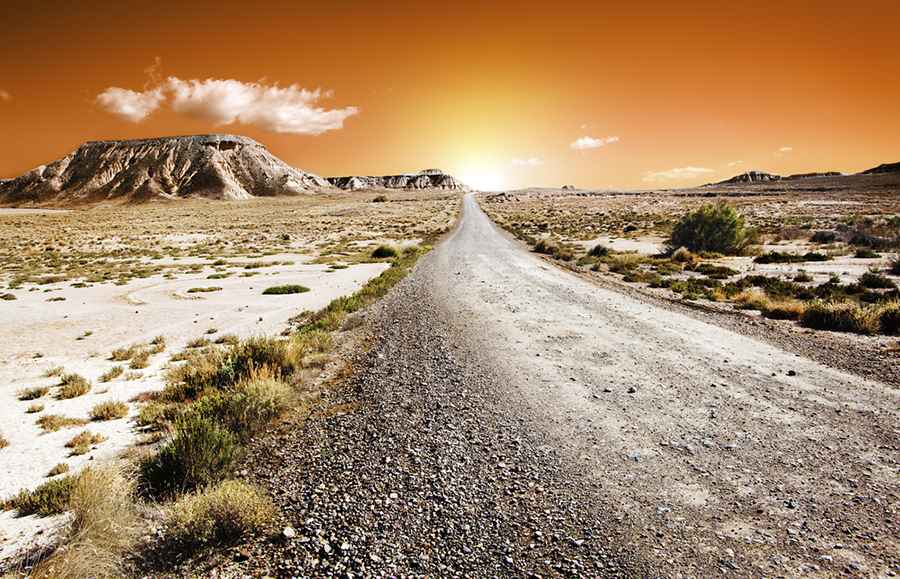Desert Road Trip Safety Tips
Embarking on a road trip through the desert is an adventure like no other, offering vast landscapes and unique experiences. However, traveling the desert comes with its challenges, and prioritizing safety during your travels is vital. This guide provides comprehensive safety tips to ensure a safe and enjoyable desert road trip.

Understanding Desert Conditions
Extreme Temperatures
The desert is known for its extreme temperatures, which can pose significant risks. Be aware of the potential for scorching heat during the day and cold temperatures at night. Plan your activities accordingly, and stay hydrated to combat the effects of the desert climate.
Limited Water Sources
Water is a precious resource in the desert. Carry an ample supply of water to avoid dehydration. Consider investing in insulated water containers to keep your water cool, especially in high temperatures.
Wildlife Awareness
Deserts are home to unique wildlife. Stay informed about the types of animals you might encounter and take precautions to avoid unwanted wildlife interactions. Keep a safe distance and follow speed limits to avoid any type of car accident.
Preparing Your Vehicle
Before any road trip, it’s important to properly prepare your vehicle. Taking the necessary steps to make sure your vehicle is in good condition can help ensure safe travels. First, conduct a thorough inspection of your vehicle. Check the engine, brakes, fluids, and ensure that your vehicle is in optimal condition for the journey.
Proper tire maintenance is crucial for desert road trips. Check tire pressure regularly, including the spare tire. Consider carrying a portable tire inflator and tire repair kit for emergencies. Also make sure to prepare for potential breakdowns by carrying essential tools and spare parts. Basic items such as a jack, lug wrench, jumper cables, and basic tools for minor repairs can come in handy in case of an emergency.
Deserts often have long stretches between gas stations. Plan your fuel stops carefully, ensuring you have enough fuel to reach your destination without running on empty.
Essential Gear and Supplies
Making you sure you have the proper supplies when beginning your road trip is also crucial. Pack enough water for each person, considering the duration of your trip and the intensity of the desert. Dehydration can be a serious risk, so stay well-hydrated throughout your journey. It’s also smart to bring non-perishable snacks and meals.
A well-stocked first aid kit is essential. Include items for treating minor injuries, such as bandages, antiseptic wipes, pain relievers, and any necessary prescription medications. Protective clothing is also a good idea and can help shield yourself from the sun's rays. This could include long sleeves, a hat, and sunglasses. Also make sure to apply a high SPF sunblock to exposed skin to prevent sunburn.
Planning Your Route
Thoroughly research your chosen route, taking note of potential stops, accommodations, and attractions. Familiarize yourself with the terrain and any challenging road conditions you may encounter. It’s also recommended that before setting out, you inform a trusted friend or family member of your travel plans and itinerary. Share your expected arrival times and check in regularly to provide updates on your progress.
When traveling in harsh weather conditions, it’s important to keep track of weather forecasts for the duration of your trip. Be aware of potential hazards such as sandstorms or flash floods and adjust your plans accordingly.
Emergency Situations and Preparedness
It’s crucial to be prepared for any emergency situation that may arise. Here are some tips for emergency situations and preparedness
- Emergency Contact List: Compile a list of emergency contacts, including roadside assistance, local authorities, and friends or family. Keep this list easily accessible in case of an emergency.
- Navigating and Communicating: In remote areas, GPS signals may be unreliable. Carry physical maps and familiarize yourself with basic navigation techniques. Consider investing in a satellite phone for communication in areas with no cellular coverage.
- Vehicle Recovery Techniques: Learn basic vehicle recovery techniques, such as using traction boards or a winch. Knowing how to extricate your vehicle from sand or mud can be valuable in remote desert locations.
- Emergency Signaling Devices: Carry emergency signaling devices such as flares or a signal mirror. These can attract attention in case of an emergency, helping rescue teams locate you more quickly.
Wildlife Safety
To minimize wildlife encounters on the road, drive cautiously and adhere to speed limits. Be particularly cautious during dawn and dusk when wildlife is most active. If you do encounter wildlife on the road, slow down and give the animals plenty of space to move away. Do not approach or attempt to feed them, as this can lead to dangerous situations.
A desert road trip can be a rewarding experience if you prioritize safety and preparedness. By understanding and following these safety tips, you can ensure a secure and enjoyable journey through the amazing landscapes of the desert. Remember to stay informed, plan meticulously, and always be prepared for the unique challenges the desert may present.
Image credit: Depositphotos